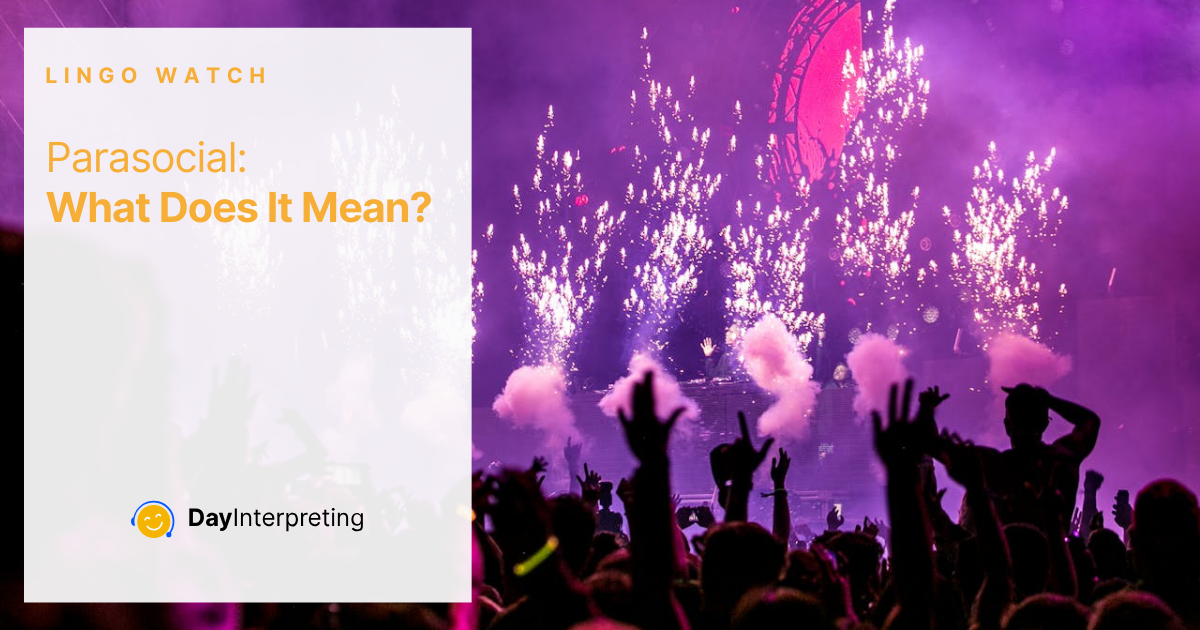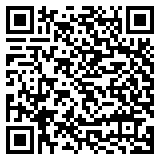The development of social media and concise language discourse has led to various linguistic and sociological trends. Many slang words that were restricted to certain cliques or social groups have gone viral overnight. Also, the way people feel and talk about one another has changed a lot. We tend to virtually participate in other people’s lives more than ever before. But many of these relationships are not real; in other words, they’re parasocial. As a matter of fact, the Cambridge Dictionary has recently announced that parasocial is the word of the year 2025.
So, what does parasocial mean, and how does it reflect in our everyday lives?
Parasocial: Feeling Close to People You’ve Never Met
In a nutshell, parasocial is the feeling of being emotionally involved with somebody you don’t know in person. It may be a famous actor, singer, athlete, or social media influencer. Another important feature contained in this term is the uneven nature of this relationship: it’s not a feeling of mutual affection and attraction. On the contrary, one person is the follower and admirer, while the other person – that celebrity or influence – most typically doesn’t even know the other person exists.
What’s more, the parasocial definition allows that a single famous person can be part of numerous parasocial relationships, none of which they’re fully aware of.
Parasocial Relationships Explained
A parasocial relationship isn’t limited only to feelings between people. As a matter of fact, this affection can be between a person and a chatbot or another AI tool. Many people, especially Millennials and Zoomers, either work from home or have reduced their social activities due to the increased dependence on technology. As a result, they have developed a parasocial interaction, most commonly with various artificial intelligence tools.
What Does Parasocial Mean in Historical Terms?
The term parasocial has been with us for almost seventy years now. It goes back to the University of Chicago and 1956, when the scholars from this educational institution coined the term parasocial. They used it to describe a delicate relationship some viewers had with TV personalities. What they realized was that some people had developed a feeling of affection for TV presenters, actors, and singers they would otherwise feel for their family members and friends. The media channels were different back then – predominantly television, but also newspapers – but the concept was the same. There was the object of admiration, a sort of modern totem, and the admirer.
However, everything has become more widespread and intensive with the growth of social media and Internet communication in general. Tech-based communication has turned the once occasional occurrence into a global phenomenon. Back in the 1950s and all the way to the late 1980s, a smaller portion of the global population had access to television. Hence, parasocial relationships were not that common after all.
By the end of 2025, however, there will be 8.8 billion mobile subscriptions on a global level. Most of these phones have access to social media and other means of modern communication. Hence, the parasocial meaning has changed when compared to a few decades ago.
The Connection Between Parasocial and Taylor Swift
If you’re still not completely sure how to answer the question “What is a parasocial relationship?”, let’s illustrate it with the modern godfather of the genre. Taylor Swift isn’t only the record-breaker in numerous categories; she’s probably the most parasocial artist to date. But how did she develop those parasocial relationships? The answer is simple: she didn’t. Ms. Swift was just doing her job: writing music, releasing her albums, and going on tours. It is the technological and sociological context in which she’s been working that has spawned parasocial activities.
Swift’s first album was released in 2006. Facebook was launched in 2004, and Instagram was yet to be launched in 2010. So, Taylor Swift is the first global star whose audience consists of social-media natives. Many of her fans in their 30s now started following her some fifteen years ago, when they started using social media.
Also, her emotionally honest lyrics have attracted people to her work in a different way, finding their own love and life stories. So, identifying with those lyrics and following her intensively on social media has already created a strong sense of connection. Therefore, it’s no wonder that the news that Taylor Swift and NFL star Travis Kelce are getting married has created such hype on a global level. Many of her fans and followers have felt it’s something that’s happening to them, as well, not only to Swift and Kelce.
What Does Parasocial Mean for the Future?
The more time we spend following other people’s lives on Instagram, TikTok, and other social networks, the more parasocial relationships we may develop. With the rise of AI, we can expect that parasocial relationships will keep growing.
Still, it doesn’t have to be a negative thing. For instance, following people or pages that share some practical, tangible tips for easier or healthier living can be a positive parasocial activity. But somewhere in between, it would also be good for us to keep that human touch in our personal and social affairs.

Pavle has a decade and a half of linguistic experience, first as an ESL teacher, then as a translator and interpreter. In the last third of his career quest so far, he has turned to content marketing, as the most exciting branch of applied linguistics.
Having worked as a content specialist and editor while following the latest linguistic and tech trends, he has specialised in bringing the current affairs in the lingtech sector to the spotlight.
When he’s not crafting his briefs and drafts, and writing his stuff, he likes to pluck a chord or two on his old guitar, or just go to a pub quiz; a father of three, a husband of one.




0 Comments